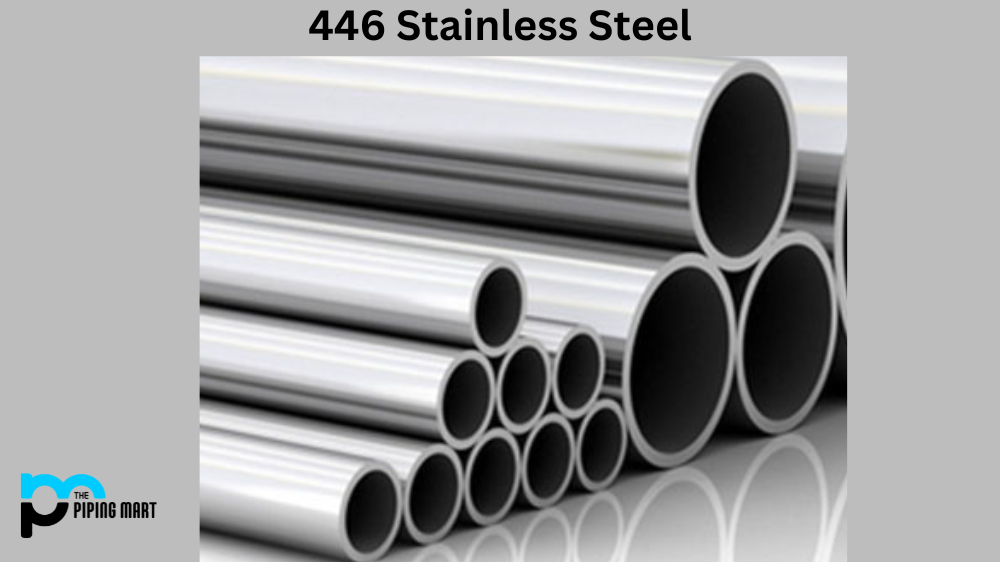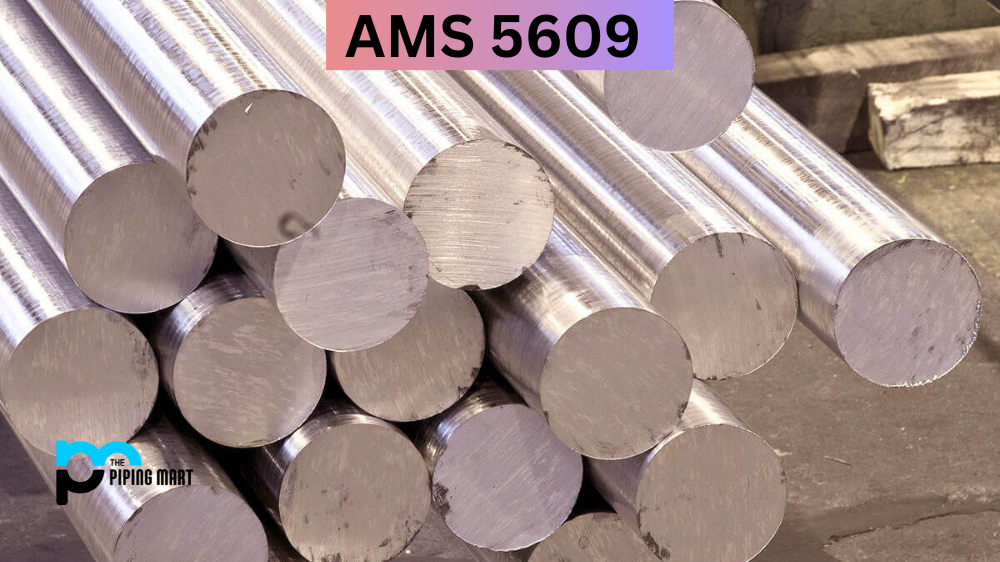Bronze PB102 is a copper-based alloy widely recognized for its excellent strength, ductility, and corrosion resistance. It has become one of the essential materials in various industrial applications. In this blog post, we will explore the composition and properties of bronze PB102, including its mechanical and physical properties, as well as its uses, heat treatment, machining, and welding.
What is Bronze PB102?
Bronze PB102 is a copper-bronze alloy, specifically a high-silicon version of bronze C95500. It has excellent mechanical properties and corrosion resistance because of its high silicon content, making it a suitable material for marine applications. It also has good machinability, enforceability, and weldability, making it ideal for many industrial uses.
Bronze PB102 Composition
Bronze PB102 is composed of copper, lead and phosphorus, which makes it a leaded phosphor bronze alloy. It typically contains 8% to 11% tin, 0.5% to 2% lead, and 0.01% to 0.35% phosphorus. The information in bronze PB102 improves machinability, while the tin and phosphorus enhance the strength and corrosion resistance. The alloy also has minimal impurities, making it a high-quality material with excellent consistency in properties.
|
Chemical Element |
% Present |
|
Tin (Sn) |
4.50 – 5.50 |
| Iron (Fe) | 0.0 – 0.10 |
| Lead (Pb) | 0.0 – 0.02 |
| Nickel (Ni) | 0.0 – 0.20 |
| Others (Total) | 0.0 – 0.20 |
| Phosphorous (P) | 0.01 – 0.40 |
| Zinc (Zn) | 0.0 – 0.20 |
|
Copper (Cu) |
Balance |
Bronze PB102 Mechanical Properties
One of the main advantages of bronze PB102 is its high mechanical strength. It has a tensile strength of 600 MPa, yield strength of 180 MPa, and an elongation of 15%. It is also highly ductile and has good impact resistance, making it suitable for heavy loads and stress applications. Bronze PB102 can withstand high temperatures and has excellent fatigue resistance, making it ideal for high-stress applications.
|
Half Hard Properties |
PB102 |
|
Tensile Strength (MPa) |
650 |
|
Proof Stress 0.2% (MPa) |
560 |
|
Elongation A5 (%) |
3 |
|
Hardness VPN |
75-230 |
Bronze PB102 Physical Properties
Bronze PB102 has good thermal and electrical conductivity, making it ideal for applications in the electrical and electronics industry. It is also well-suited for use in marine environments and outdoor applications due to its high corrosion resistance. Bronze PB102 has a density of 8.8 g/cm3 and a melting point of 1000°C, making it a robust and durable material.
|
Property |
Value |
|
Density |
8.85 g/cm3 |
|
Melting Point |
930 °C |
|
Modulus of Elasticity |
121 GPa |
|
Electrical Resistivity |
0.96 x 10-6 Ω.m |
|
Thermal Conductivity |
63 W/m.K |
Bronze PB102 Equivalents
|
CEN |
BS |
UNS |
ISO |
|
CW451K |
PB102 |
C51000 |
CuSn5 |
Bronze PB102 Uses
Bronze PB102 is used in various industries, including electrical and electronics, aerospace, marine, automotive, and construction. It is often used to make bearings, gears, and valve components due to its high strength, corrosion resistance, and wear resistance. Bronze PB102 also manufactures high-performance springs, connectors, and fasteners.
Bronze PB102 Corrosion Resistance
Bronze PB102 is highly resistant to corrosion and has excellent resistance to seawater environments. It can withstand harsh chemicals and acidic conditions, making it suitable for marine environments and outdoor applications. Bronze PB102 has excellent dezincification resistance, a form of corrosion in brass and other copper-based alloys.
Bronze PB102 Heat Treatment
Bronze PB102 can be heat-treated to improve its strength and hardness. It can be annealed to improve its ductility, while tempering can enhance its toughness and resistance to wear. However, care must be taken to ensure that the temperature and time of heat treatment are optimized to prevent cracking or distortion of the material.
Bronze PB102 Machining
Bronze PB102 is relatively easy to machine, making it popular in manufacturing high-precision components. It has good cutting properties and is resistant to galling, which is the tendency of metals to lock when they come into contact. However, lubrication is necessary when cutting or drilling bronze PB102 to prevent excessive tool wear.
Bronze PB102 Welding
Bronze PB102 can be readily welded using various methods, including TIG, MIG, and oxyacetylene welding. However, due to the presence of lead in the alloy, the fumes produced during welding can be toxic. Therefore, it is essential to have proper ventilation and to use protective equipment when welding bronze PB102.
Conclusion
Bronze PB102 is an excellent material that has become integral to various industries due to its exceptional properties. Its mechanical and physical properties, corrosion resistance, and machining properties make it an ideal choice for precision manufacturing applications. Understanding the unique properties of bronze PB102 is crucial when choosing the suitable material for your application. With the information in this blog post, you are now equipped with the knowledge to make an informed decision.

Abhishek is a seasoned blogger and industry expert, sharing his insights and knowledge on various topics. With his research, Abhishek offers valuable insights and tips for professionals and enthusiasts. Follow him for expert advice on the latest trends and developments in the metal industry.




